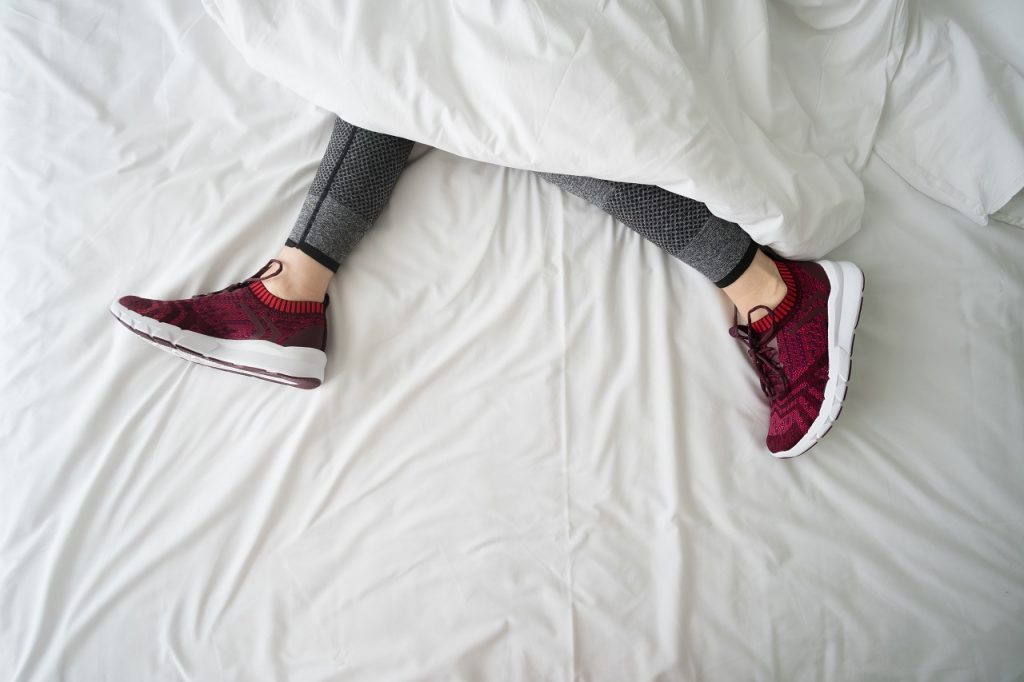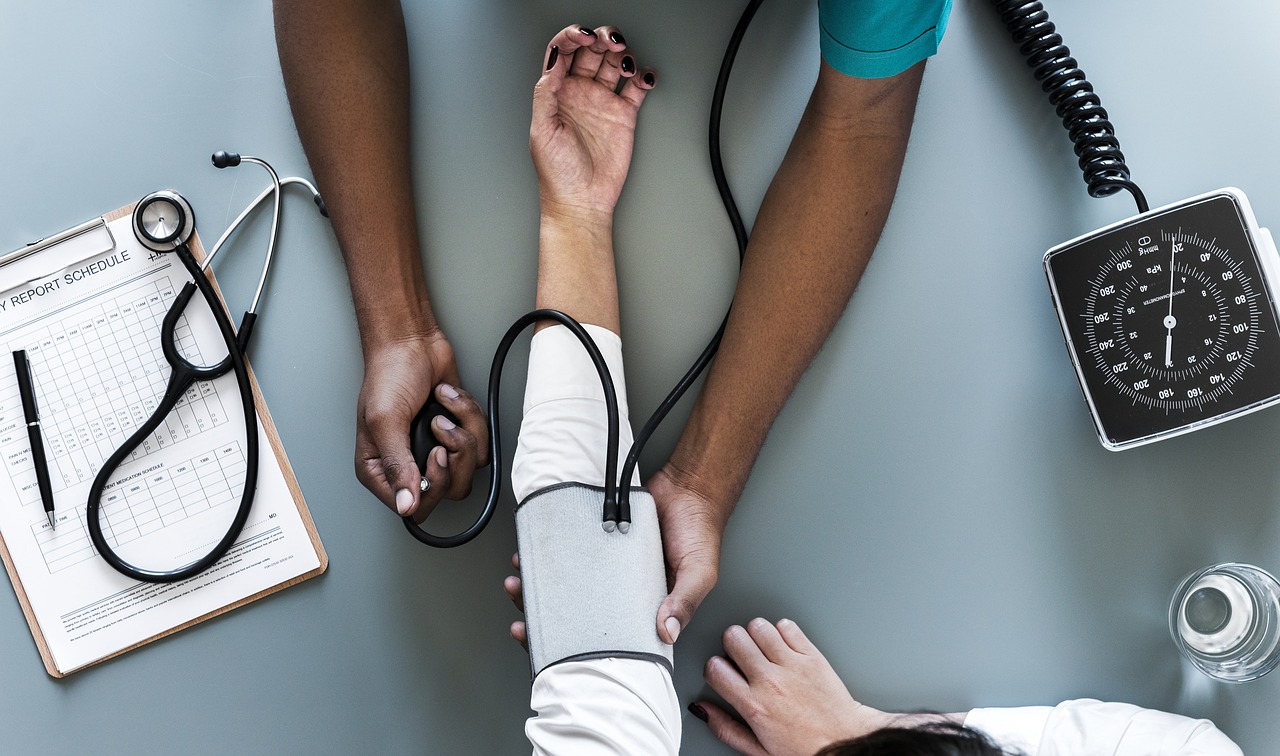 We all welcome the monsoon every year to find relief from the scorching summer heat. Rains are beautiful and can quickly elevate your mood. Since monsoon weather is damp and humid, it is the perfect environment for microbes to grow and flourish. Thanks to this, people with low immunity are prone to suffer and fall sick frequently during this season. The weather can ruin your immune system and a good immune system is needed during the rainy season. There are a number of ways to build immunity and one of those ways is by eating healthy food! So, let’s look at some useful tips to boost immunity during monsoon!
We all welcome the monsoon every year to find relief from the scorching summer heat. Rains are beautiful and can quickly elevate your mood. Since monsoon weather is damp and humid, it is the perfect environment for microbes to grow and flourish. Thanks to this, people with low immunity are prone to suffer and fall sick frequently during this season. The weather can ruin your immune system and a good immune system is needed during the rainy season. There are a number of ways to build immunity and one of those ways is by eating healthy food! So, let’s look at some useful tips to boost immunity during monsoon!
Tips To Boost Immunity During Monsoon
Here’s how you can improve immunity during monsoon by eating the right kind of food to support your immune system.
- Switch to herbal teas: Herbal teas such as Tulsi and ginger tea are your best friends to boost immunity during monsoon. Drinking tea will keep you warm and safe from cold and flu while boosting your immunity. Add a few drops of honey for its antibacterial and anti-inflammatory properties instead of sugar.
- Stay hydrated: Drink 8-10 glasses of water a day to stay hydrated, as due to colder climate, the water intake is considerably reduced, which is bad for the body. It is the best source to flush out toxins from your body and doesn’t have calories and sugar. Make sure water should be potable to keep waterborne diseases like Jaundice and Diarrhea at bay.
- Have protein rich food: Protein, a major macronutrient, increases immunity, wound healing and muscle building. Food like dal, pulses, curd, eggs, chicken, paneer, soy, tofu are rich in protein.
- Have a low salt diet: High blood pressure may weaken the immune system. So, it is always better to have a low salt diet as it prevents high blood pressure and water retention. Fruits like watermelon, muskmelon, cucumber can also lead to water retention.
- Prefer curd or yogurt over milk: Curd and yogurt are fermented food, rich in probiotics and the good bacteria present in it can help increase immunity and fight infection and can help your digestive system function well.
- Include spices: Include more immunity boosting Indian spices in your food like turmeric, fenugreek, cloves, pepper, cinnamon, ginger and curry leaves. They help in digestion and flush out sinus from the body and improve Immunity. Warm water with honey, ginger and black pepper can be a miraculous cure to avoid cold, cough and flu.
- Improve sunshine vitamin level: Vitamin D or the sunshine vitamin, is an essential micronutrient which can help boost your immune system. It can modulate the innate and adaptive immune response. A deficiency of Vitamin D can make you more prone to common infections. Improve your Vitamin D levels by exposing yourself to morning sunshine and consuming egg, cheese, mushroom and fortified cereals.
- Eat healthy fats: Include monounsaturated and polyunsaturated fats to your diet. These healthy fats boost your body’s immune response to pathogens as well. These fats are anti-inflammatory and good for your heart too. Nuts, seeds, fish, soy milk, almonds, avocados, walnuts, sunflower, pumpkin, and sesame seeds are prime examples of healthy fats.
- Eat fruits: Fruits help to build immunity, give energy and are loaded with nutrients such as Vitamin A, C and fiber. Apple, Guava, Banana, Orange, Amla, Papaya, Pomegranate, etc. are the best additions to your diet. Vitamin C helps in iron absorption too.
- Incorporate vegetables: All vegetables, including green leafy vegetables like cabbage and spinach are good sources of immunity boosting Vitamins A, C, and E as well as folate, antioxidants, and fiber.
- Limit simple sugar: Most people are aware that eating sugar has negative consequences on their health, leading to things like obesity and diabetes. However, most of them are unaware that it has an effect on the immune system as well. It lowers the ability of white blood cells to fight and destroy bacteria.
- Avoid outside food: Foods like sandwiches, pani puris, samosas, etc. may seem tempting during monsoons but they may contain bacteria that might cause indigestion. Avoid pre-cut or raw foods/fruits as they could contain germs which may lead to food poisoning and lower your immunity.
Apart from the above food tips, you also require adequate, good quality sleep. Keeping your mind stress-free also helps. Don’t forget to exercise regularly as it boosts your immune system by regenerating your immune cells.
Underactive and poor immunity can make the body more prone to a host of gastrointestinal problems and monsoon related ailments. Under the current circumstances as well, keeping your immunity level high could be the only way to cherish good health while enjoying the rains.
If these tips to build your immunity during monsoon helped, let us know in the comments below! Find more tips on staying healthy during the monsoon here.
You can also get these tips directly from a GOQii Coach by subscribing to Personalised Health Coaching here.
#BeTheForce



 Wouldn’t it be great to have a doctor assess your health or medical conditions online? Imagine having an online consultation with a doctor who is familiar with your issues, knows your medical history and is proficient enough to tackle the issues with simple lifestyle changes. You don’t have to look far! All you need to do is download the
Wouldn’t it be great to have a doctor assess your health or medical conditions online? Imagine having an online consultation with a doctor who is familiar with your issues, knows your medical history and is proficient enough to tackle the issues with simple lifestyle changes. You don’t have to look far! All you need to do is download the 


